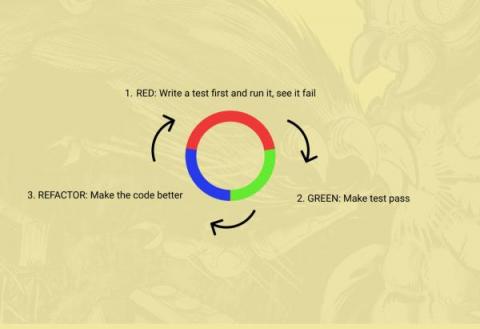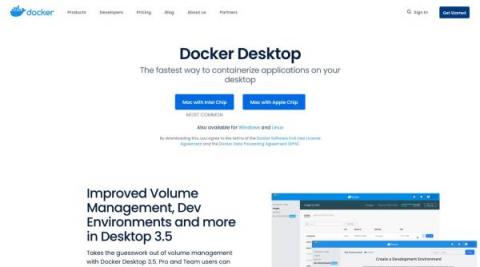Connect a Ruby on Rails App with React in a Monolith
More and more people are using Ruby on Rails to create a back-end API application for a front-end app. But what if you want to create a rich and functional interface with JavaScript and use Rails for the back-end, without having them in separate repositories? You can create a monolithic Rails application. This article will show you how to connect a Rails application with a front-end developed in React (without splitting the code into two separate applications).










